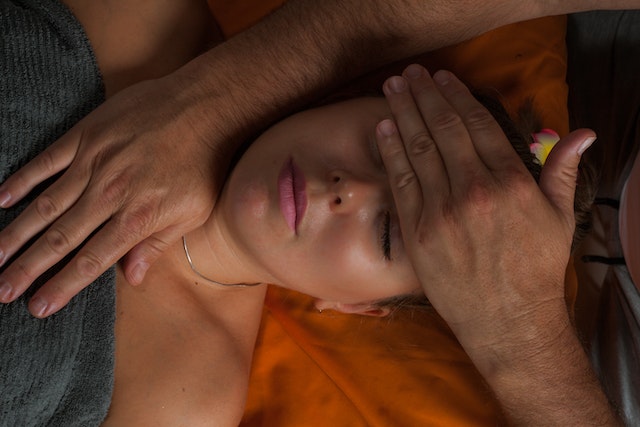The History of Reiki

Reiki is a healing practice that originated in Japan in the early 20th century. The word Reiki is a combination of two Japanese words – Rei, which means “universal,” and Ki, which means “life force energy.” Reiki practitioners believe that they can channel this energy to heal physical, emotional, and spiritual imbalances in their clients. In this article, we’ll take a closer look at the history of Reiki, including its origins, development, and growth in popularity around the world.
Origins of Reiki
Reiki was founded by a Japanese man named Mikao Usui in the early 1920s. Usui was a spiritual seeker who was interested in finding a way to heal people that was both effective and accessible. He spent many years studying ancient texts and practicing meditation and fasting in order to deepen his understanding of healing energy.
According to legend, Usui experienced a spiritual awakening on a mountaintop in Japan after 21 days of fasting and meditation. During this experience, he received a vision of ancient symbols that he believed were the key to accessing healing energy. He began practicing a technique that involved placing his hands on people’s bodies and channeling this energy to promote healing.
Development of Reiki
Usui continued to develop his healing practice and started teaching others how to use it. One of his students, Chujiro Hayashi, opened a Reiki clinic in Tokyo and began treating patients using the techniques he had learned from Usui. Hayashi also developed his own system of hand positions and symbols to enhance the healing process.
Another of Usui’s students, Hawayo Takata, brought Reiki to the United States in the 1930s. She adapted the practice to better suit Western audiences and began teaching it to others. Today, there are many different branches of Reiki, each with their own unique variations on the original practice.
Popularity of Reiki
Reiki has become increasingly popular around the world in recent years, as more and more people seek out alternative healing methods. In addition to traditional Reiki practitioners, there are now many people who offer Reiki as a complementary therapy alongside other medical treatments.
Reiki is often used to treat a wide range of physical and emotional conditions, including chronic pain, anxiety, depression, and stress. Many people also use Reiki as a way to promote spiritual growth and connect with their inner selves.
Myths and Misconceptions About Reiki
Despite its growing popularity, there are still many myths and misconceptions about Reiki. Some people believe that it is a form of magic or supernatural power, while others think that it is a form of massage or physical therapy.
In reality, Reiki is a simple and natural healing technique that anyone can learn. It does not require any special abilities or equipment, and it can be practiced by people of all ages and backgrounds.
Conclusion
Reiki is a powerful healing practice with a rich history that spans over a century. Its founder, Mikao Usui, developed the practice based on his own spiritual experiences and the belief that healing energy can be channeled to promote well-being. Today, Reiki is practiced around the world and is valued for its ability to heal physical, emotional, and spiritual imbalances.
FAQs
Is Reiki a religious practice?
No, Reiki is not affiliated with any particular religion or belief system.
Do I need to have special abilities to practice Reiki?
No, anyone can learn Reiki. It is a simple and natural healing technique that does not require any special abilities or equipment.
Can Reiki be used in conjunction with other medical treatments?
Yes, Reiki is often used as a complementary therapy alongside other medical treatments.
